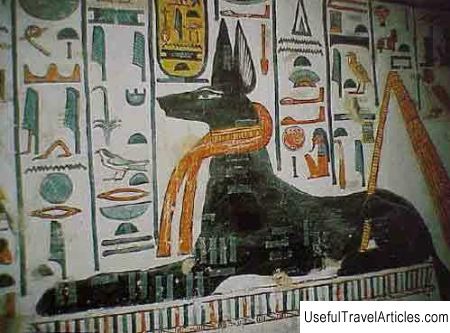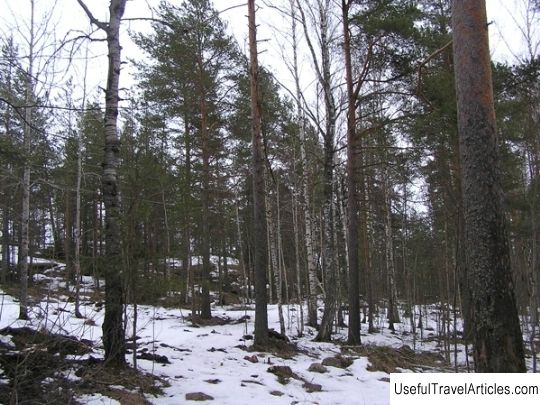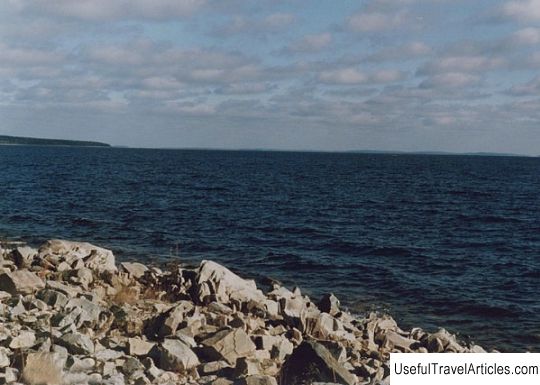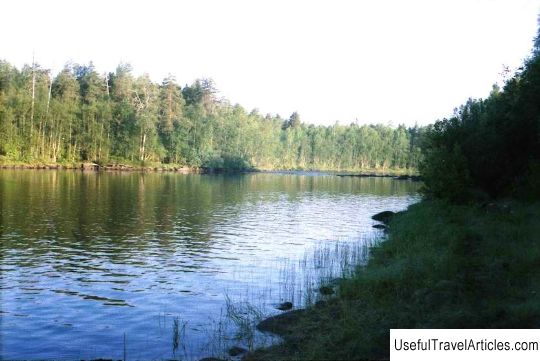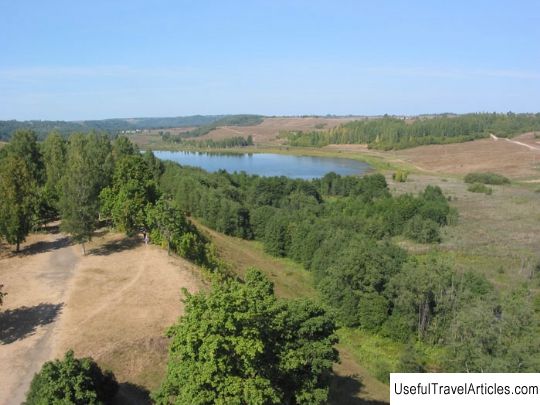Mountain Vottovaara description and photo - Russia - Karelia: Muezersky district
Rating: 8,0/10 (432 votes) 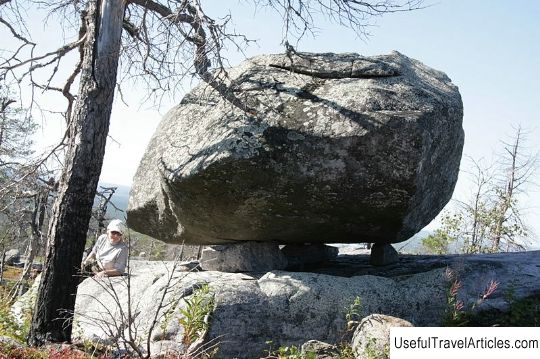
Mount Vottovaara description and photos - Russia - Karelia: Muezersky district. Detailed information about the attraction. Description, photos and a map showing the nearest significant objects. Photo and descriptionIn the Muezersky district, 20 kilometers from the village of Sukkozero, 35 km from the village of Gimola and almost 40 km from the Segozero reservoir, to the south-west of it, is the sacred place of the ancient Finno -Ugric peoples - Mount Vottovaara. This is one of the oldest religious monuments known in Karelia. The mountain has been used by people since the days of paganism. It was not possible to establish the exact time when cult religious buildings first appeared here, but in the first half of the 2nd millennium AD, when Slavic settlers appeared in these surroundings, this place was already a pagan sanctuary. Death is a mountain, so the people use another name for Vottovaara. Perhaps because rituals with bloody sacrifices were performed here. According to the beliefs of ancient peoples, this place is associated with the habitation of evil forces, to which sacrifices were made, according to custom. A mountain with an area of six square meters. km, is a rock mass. This is the highest point of the West Karelian Upland, its height is 417.1 m above sea level. This is a hilly massif stretched for almost 7 km, consisting of sandstone quartzites, with numerous fractures changed in the postglacial periods. 1600 stones were discovered at the summit, many of them are arranged in a certain order, which suggests a clear religious purpose of this place. These stone marks are very harmonious in the overall landscape. The absolute number of stones is smooth boulders. Some of them are very large and originally located, some are placed on smaller, so-called "legs". For the first time, these clusters of stones, Simonyan S.M., a local historian who lives in the village of Sukkozero in 1979, recognized human cult buildings. Archaeologists M.M. Shakhnovich and I.S.Manyukhin conducted surveys of these structures in the 1990s. Then the initial conclusions were made about their cult building by the ancient peoples of this region - the Sami. Several publications of these data have generated widespread interest in Mount Vottovaare. But this interest was not only on the part of scientists, archaeologists, but also from members of various mystical groups and pseudoscientific movements. In scientific circles, opinions were divided, for example, scientists Kosmenko M.G. and Lobanova N.V. believe that masonry can be of both natural origin and man-made. In their opinion, these are either fakes for a hoax, or modern structures in memory of visiting the mountain. But one of the structures on the mountain testifies to the clearly man-made origin of this complex - these are ancient steps, carved into the rock and leading to a cliff four meters high. Not far from the top of the mountain, on the southeast side, there are nine stone masonries in the form of small circles. In their location, there is a clear connection with the nearby cult stones. They are, as it were, in the center of a clearly visible circle they create. There are also small folds up to 1 m in diameter, similar to hearths, but other large, stone circles up to 7 m in diameter definitely have a magical meaning. In 2007, on the initiative of the researchers of this region, a complex nature and cultural protected park was created on the territory of Vottovaara. He had to protect the "iconic monument" the surrounding landscape and flora from tourist vandalism and industrial mining. It was previously supposed to mine quartzite and crushed stone here. The stone complex of Vottovaara is called "Russian Stonehenge". In August 2011, a decree of the government of Karelia declared the mountain complex - a landscape protected natural monument. Its area is more than 1.5 thousand hectares, it is not only the mountain itself, but also the territory adjacent to it.         We also recommend reading Tuol Sleng Genocide Museum description and photos - Cambodia: Phnom Penh Topic: Mountain Vottovaara description and photo - Russia - Karelia: Muezersky district. |
